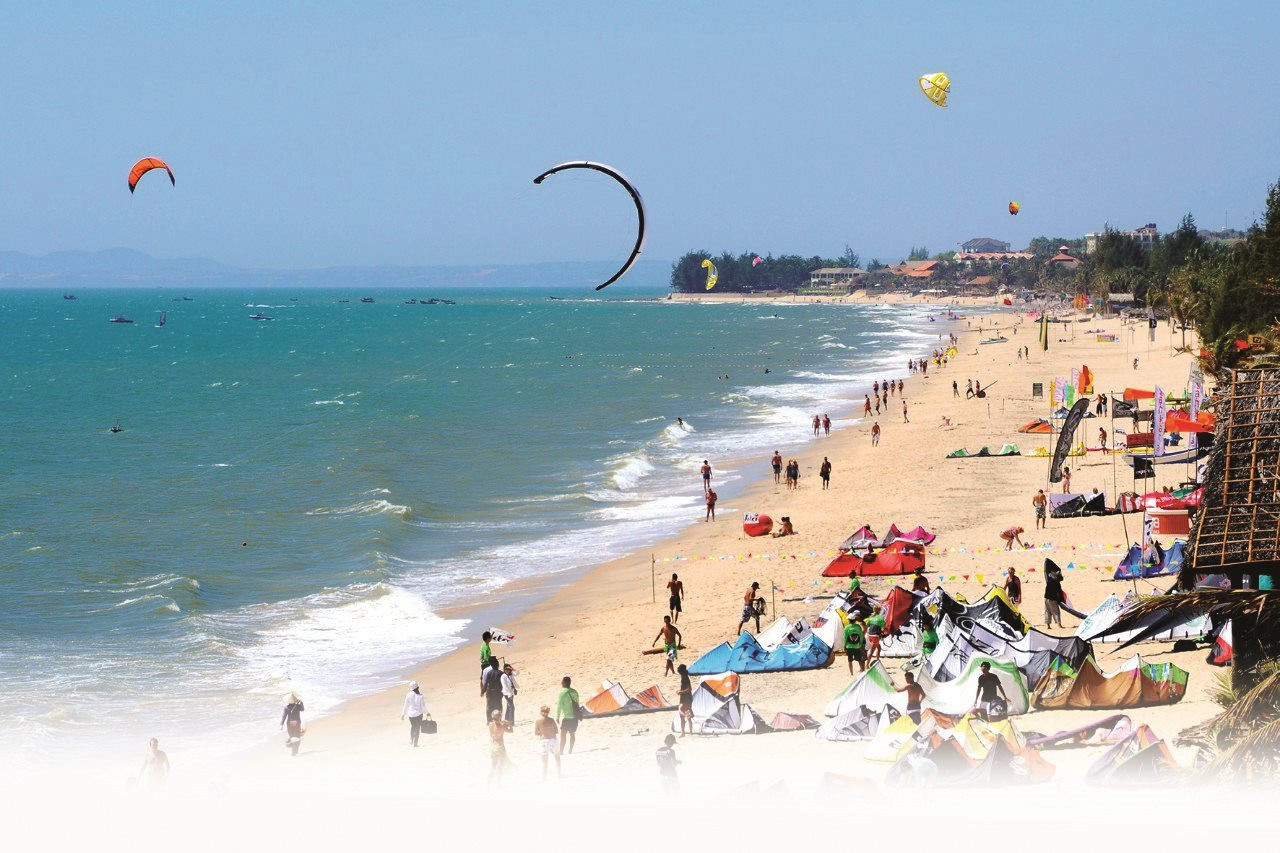
Selling well after Tet holiday
Following the Tet holiday, the Vietnamese news reported that AC Energy (ACEN), a subsidiary of Ayala Group (Philippines), had spent $165 million on acquiring and running 9 solar power projects in Vietnam included the provinces of Binh Phuoc, Ninh Thuan, Binh Thuan, An Giang, and Phu Yen (The factories were once owned by Solar NT, a subsidiary of Thailand's Super Energy Group). This purchase is thought to improve ACEN's status as a leader in the ASEAN renewable energy sources. Besides, Vietnam is a key market for AC Energy in the area.
It is noteworthy that Binh Thuan has two factories in the top nine works, namely: Binh An (50 MW) and Phan Lam (36.72 MW). Both of them are located in Bac Binh province. Previously, Solar NT got the whole shares of the two enterprises participating in these two facilities for hundreds of billions of dong. This is just a large successful deal of the "big cheese" energy company that has been made public. However, this will start to boost many other transactions in the process of converting owners of wind and solar energy plants in Binh Thuan, the area defined as the country's energy heartland. Actually, these transactionals capital purchases demonstrate the appeal of huge products in the clean energy sector.
Simultaneously, the price of dragon fruit skyrocketed, rising from VND 1,000 - 5,000 per kg approaching Tet holiday to VND 15,000 - 16,000 per kg after Tet holiday, which is only some days apart. The reason seems to be that on the 3rd day of the Lunar New Year, border gateways in China open for advantageous customs processing and there aren't many dragon fruits in the garden. This is a contradistinction before Tet, besides that the traders competed to purchase dragon fruits at high prices also took place. As a result, the lucky homeowners who sold dragon fruit after Tet were surprisingly major winners, earning more money of profit as in the golden age.

Meanwhile, Binh Thuan tourist industry has a large number of visitors and tourism revenue increased after Tet holiday. Many people's astonishment, no one expected the image of heavy traffic in the Doi Duong zone, the Ham Tien – Mui Ne, etc. It is hard to say why, however with the increase in tourism from the southern provinces and cities pouring into the Binh Thuan province, it played a role in traffic jams on Highway 1A for many hours. To alleviate traffic congestion, the Song Phan toll station must be released many times to ensure smooth circulation.
More converged pieces to develop
The busyness of the three categories mentioned above after Tet all centred around sales activities. If solar power plants are an energy sector, dragon fruit is the key product of the agricultural industry that has also been classified as an economic pillar. Additionally, tourism is another economic pillar of the province, with the aim of getting a big tourists, boosting the prosperity of linked service sectors, and building the strength of a smokeless industry. Perhaps the opportunity has collided, because following Tet, the three products representing the province's three main economic pillars stand out, offering up future potential.
Beginning with dragon fruit, after the problem of congestion at the border gates to China (market of 1.4 billion people), many gardeners have gained from their own lessons, besides that the functional industry has also paid more attention to diversification strategy. Lang Son province announced that they will finish the installation of an inspection to assure the scale of four lanes for international trading goods transport on the Tan Thanh route (Vietnam) - Po Chai route (China) in the first quarter of 2022. Along with that, the import-export route through the Chi Ma bilateral border gate was renovated and expanded to four lanes. Simultaneously, using the "digital border gate," encouraging investment in infrastructure in the border gate area, decreases congestion while entering the peak time.

In terms of tourism, the province's tourist industries have faced several challenges as a result of four epidemics, and almost all businesses have undergone their reorganization. And the big businesses in the tourism market are also showing up more with self-contained investments, products that apply to high-end visitor demands.
Although renewable energy was not seriously impacted by the pandemic as other businesses, the problem of revenue and spending, as well as the payment of bank loans has been exacerbated by an overworked transmission infrastructure. However, with the entry of the energy "big players" into the Vietnamese market, particularly after The Year of the Tiger, the problem is not too tough, if the investor wishes to transfer the contributed funds.
Above all, with items appealing to high-end clients, huge enterprises and a broad market already, the province's three economic pillars are still expanding steadily.

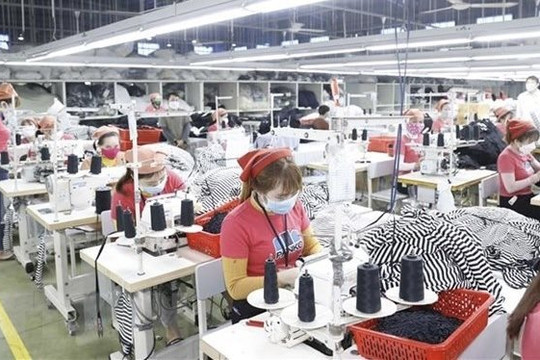


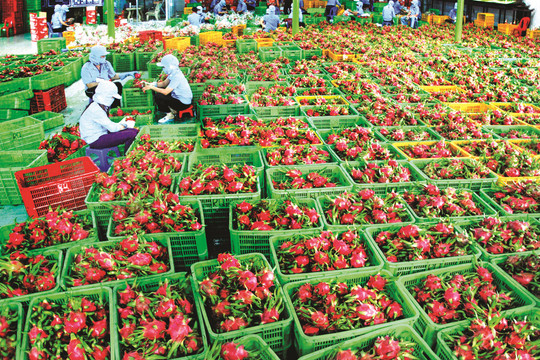



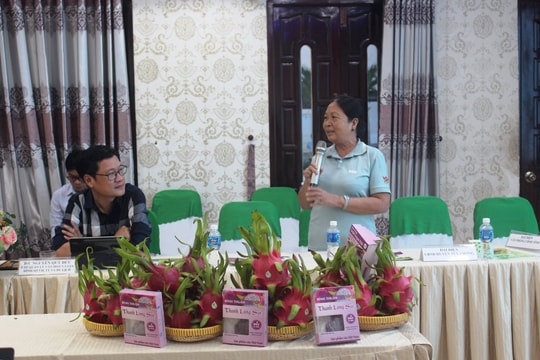



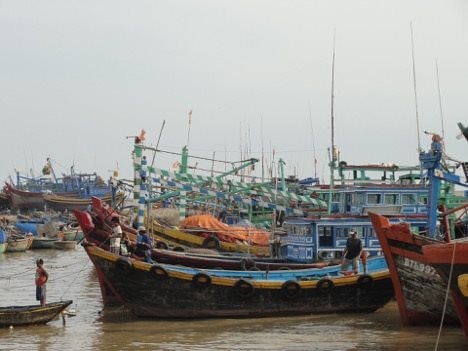













.jpg)




.jpeg)

.jpeg)


.jpeg)


